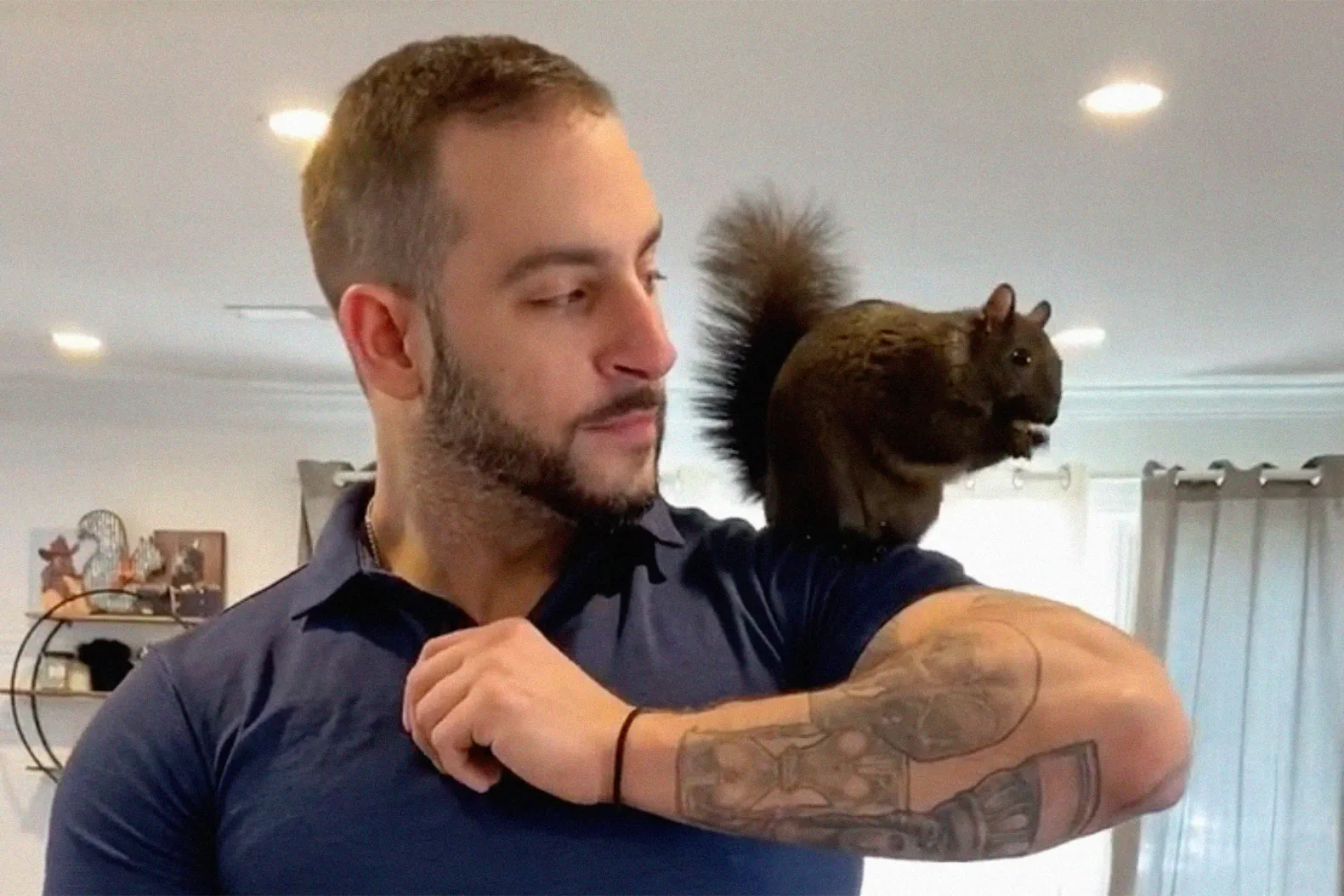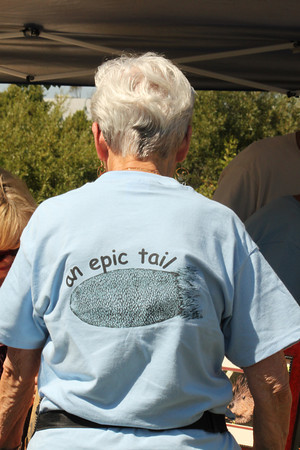 After we had saved the beavers, installed a flow device, had our first festival and basically felt like winners the city had a secret meeting in September with attorneys. The public was not allowed. My phone rang twice that night. Once from the pro city council member with whom I was most closely aligned saying mysteriously, “I’m really sorry about this” and the second phone call from one of the allegedly pro-beaver subcommittee members who had been invited to the secret meeting.
After we had saved the beavers, installed a flow device, had our first festival and basically felt like winners the city had a secret meeting in September with attorneys. The public was not allowed. My phone rang twice that night. Once from the pro city council member with whom I was most closely aligned saying mysteriously, “I’m really sorry about this” and the second phone call from one of the allegedly pro-beaver subcommittee members who had been invited to the secret meeting.
Apparently the small town property mogul next to the beavers had sent letters though his attorney that his building was sinking and cracking because of the beavers digging in the soil in the bank and if the city did not do something they were going to sue.
So the city did something. They agreed to put up a sheetpile wall between the creek and the property which happened to be directly through the beaver lodge. I was carelessly assured by both parties that the beavers would be “fine”.
I was terrified. Obviously the work would happen in the daylight when beavers are asleep in the lodge. I had visions of beavers sliced in half. Or the family emerging in panic and the kits getting lost. Worth A Dam talked to our smartest friemds and scraped together enough money to hire an environmental laawyer who brought in a Fluvial geomorphologist to inspect the creek that weekend. She submitted a report on the health of the creek and the problems in the creek that might be causing damages besides the beavers.
The city council wouldn’t allow it into the record. The case was going for an emergency hearing tuesday. The judge wouldn’t review it. She only could review the complaints and pictures of cracking ceilings and walls. We showed up in court but were not allowed to speak, Our attorney asked that the work be delayed pending a safety assessment. He was denied.
The city won the right for the work to be done on an emergency basis which meant they weren’t required to do an environmental impact report. There was a meeting to announce their clever plan to pay for the project with funds they were awarded in a lawsuit over an oil spill years ago. Those particular funds “had to be used for something environmental” So they cleverly called this conservation.
I was told at the meeting that I might be involved as an oversight member watching the work, but was instruced that I could not advise or slow the work in any way.
I declined.
That night I felt sick and terrified. My mouth was of ashes. We had worked so hard and had tried to do everything right. I had answered all the questions. Brought in the experts, Never gotten angry or raised my voice. I had played by the rules.
And it didn’t matter.
I remembered that night for obvious reasons recently. As bad as things feel now, that night was worse. I felt alone and fully responsible for the catastrophy that would happen next. It could not be stopped. I couldn’t stop it.
The next morning we got to work.
It turns out our beavers were not cut in half, and stayed on for nearly a decade after that. In the most painful way possible I learned that the city council was lying, that huge forces were helping the lie, and that sometimes even an informed sustained positive campaign when you were respectful and polite and did everything by the rules you could not stop them. They could still cheat and win.
And that changed everything for me.



 Coun. Janice Lukes (Waverley West) said she’s seen destruction caused by beavers first-hand, and that the city’s naturalist services branch is working on solutions to humanely dissuade the tree-chomping animals from causing problems near local rivers.
Coun. Janice Lukes (Waverley West) said she’s seen destruction caused by beavers first-hand, and that the city’s naturalist services branch is working on solutions to humanely dissuade the tree-chomping animals from causing problems near local rivers.




































